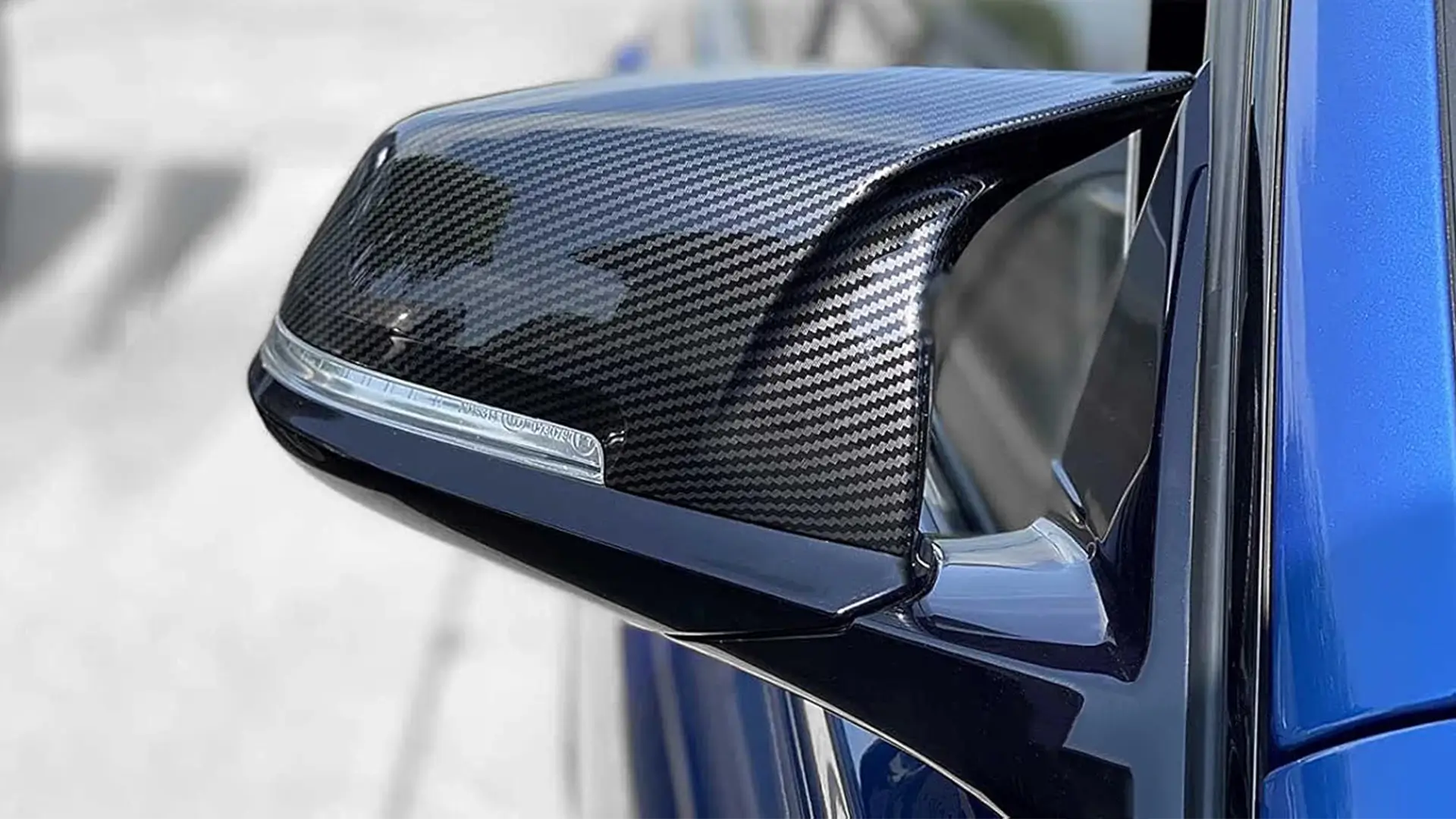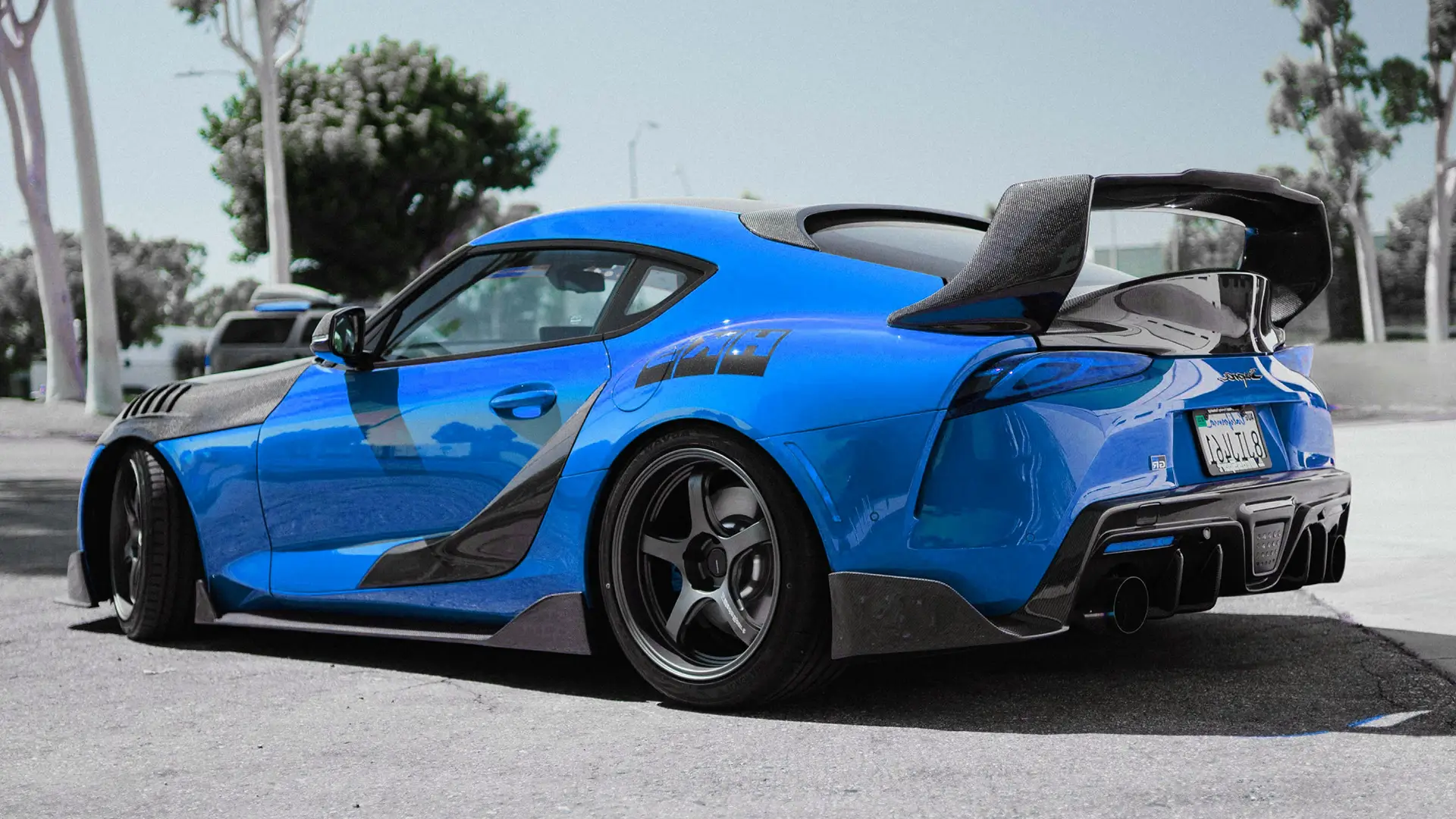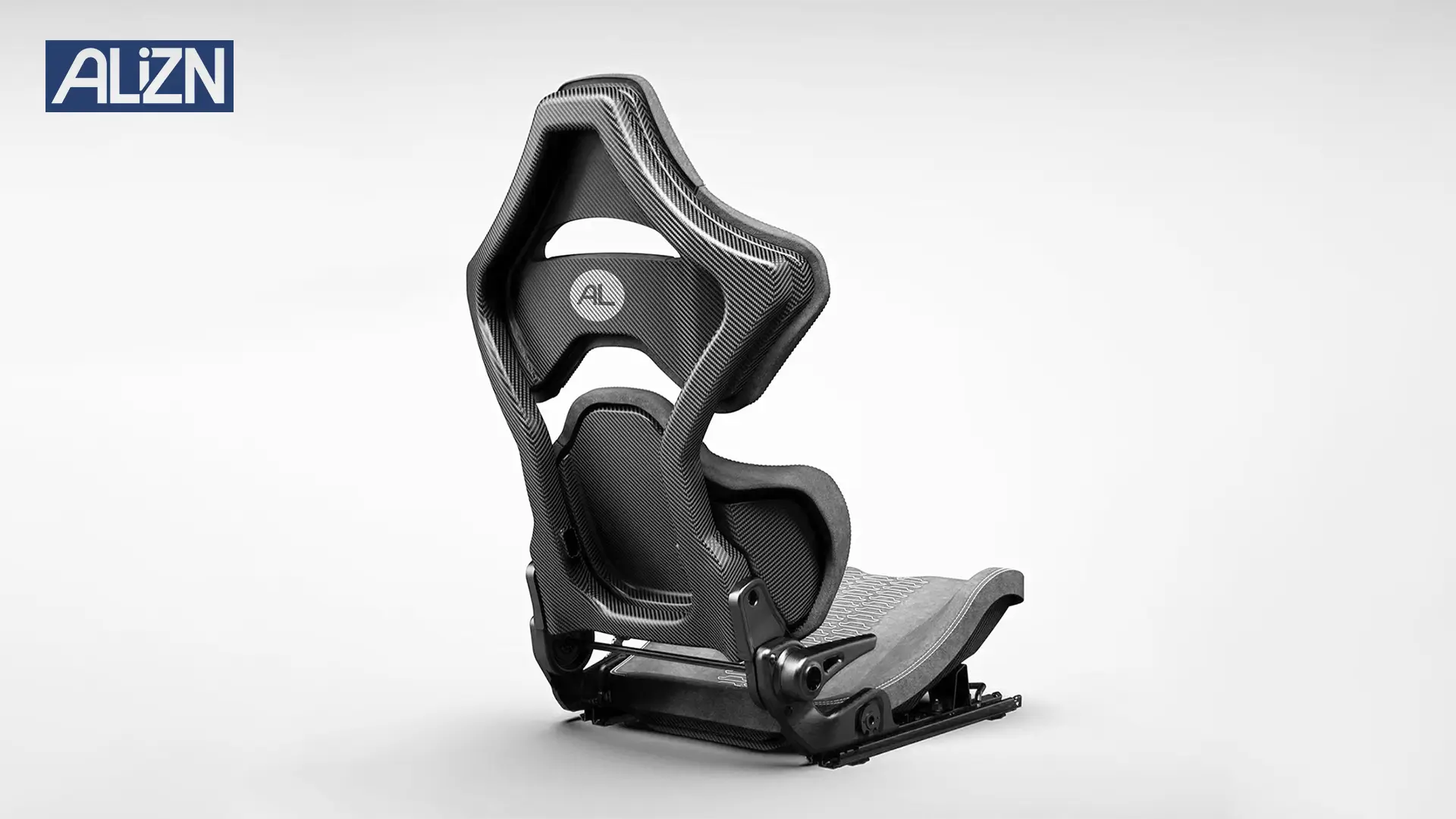Why Carbon Fiber Handlebars Matter
Carbon fiber handlebars have become a hallmark of premium bicycles, prized for their lightweight construction, exceptional strength, and ability to dampen vibrations. These qualities make them a top choice for competitive cyclists and enthusiasts alike. For brands, the carbon fiber handlebar is more than a component—it’s a statement of quality and performance that can differentiate your products in a crowded market.
The specific demands of your target audience shape the type of carbon fiber handlebar you need. Carbon fiber mountain bike handlebar, for instance, must withstand high-impact conditions like rocky descents, requiring durability and resilience. In contrast, carbon fiber road bike handlebar prioritize stiffness and aerodynamics to enhance speed and comfort over long distances. By aligning your sourcing strategy with your brand’s goals—whether that’s performance, affordability, or customization—you can deliver carbon fiber handlebar that elevate your reputation and meet customer expectations.
Key Manufacturing Processes for Carbon Fiber Handlebars
Not all production methods are created equal when it comes to crafting carbon fiber handlebars. After evaluating various techniques, we’ve identified four processes that excel in producing high-quality carbon fiber handlebar: Hand Layup and Vacuum Bagging, Resin Transfer Molding (RTM), Autoclave Processing, and Sheet/Bulk Molding Compound (BMC). Below, we compare these methods and explore their suitability for different brand strategies.
Comparison Table of Manufacturing Processes
| Process | Description | Ideal Use Case | Benefits | Limitations |
|---|---|---|---|---|
| Hand Layup & Vacuum Bagging | Manual layering of carbon fiber, cured under vacuum | Custom or low-volume carbon fiber handlebars | High customization, unique designs | Labor-intensive, higher costs |
| Resin Transfer Molding (RTM) | Resin injected into a mold with pre-placed fiber | Mid-volume carbon fiber mountain bike handlebars | Consistent quality, smooth finish | Higher mold costs, less flexible |
| Autoclave Process | High-pressure, high-temperature curing | Premium carbon fiber road bike handlebars | Superior strength, premium quality | Expensive, limited scalability |
| Sheet/Bulk Molding Compound | Pre-impregnated sheets molded under pressure | High-volume carbon fiber handlebars | Cost-effective, fast production | Limited design complexity |
Hand Layup and Vacuum Bagging: Precision and Customization
The Hand Layup and Vacuum Bagging process is a craftsman’s approach to producing carbon fiber handlebar. Skilled technicians manually layer carbon fiber sheets into a mold, then use vacuum pressure to remove air pockets and cure the resin. This method shines for brands needing bespoke carbon fiber handlebar, such as those targeting niche markets with unique designs.
For example, a brand focused on elite off-road cyclists might use this process to create carbon fiber mountain bike handlebar with ergonomic shapes tailored to specific riding styles. The flexibility of hand layup allows for intricate detailing—think custom branding or unconventional geometries—but it comes at a cost. The labor-intensive nature of this method drives up production time and expenses, making it less viable for brands needing large quantities of carbon fiber handlebars. Still, for low-volume runs or prototypes, it’s unmatched in delivering tailored solutions.
Resin Transfer Molding (RTM): Consistency Meets Scale
Resin Transfer Molding (RTM) offers a middle ground between customization and scalability, making it a go-to for mid-volume production of carbon fiber handlebars. In this process, carbon fiber is pre-placed in a mold, and resin is injected under pressure to form a uniform part. The result? A carbon fiber handlebar with consistent quality and a polished surface finish.
RTM is particularly well-suited for carbon fiber mountain bike handlebar, where durability is non-negotiable. Brands targeting mid-tier mountain bike enthusiasts can leverage RTM to produce reliable carbon fiber handlebars that withstand rough trails without breaking the bank. The process also supports moderate design complexity, allowing for subtle variations in shape or thickness. However, the upfront cost of molds can be a hurdle for smaller brands, and it’s less adaptable to rapid design changes compared to hand layup.
Autoclave Process: The Gold Standard for Performance
For brands aiming to dominate the premium segment, the Autoclave Process is the gold standard. This method cures carbon fiber handlebars under high pressure and temperature in an autoclave, yielding parts with exceptional strength-to-weight ratios and precision. It’s the top choice for carbon fiber road bike handlebar, where every gram counts, and stiffness can make the difference in a race.
Imagine a brand catering to professional road cyclists: autoclave-produced carbon fiber handlebar offer the lightweight, aerodynamic edge they need to compete. The process ensures flawless construction, minimizing imperfections and maximizing performance. However, this excellence comes at a premium—higher production costs and longer cycle times make it best suited for high-end applications rather than mass-market products. For brands willing to invest, the autoclave process delivers a carbon fiber handlebar that screams quality.
Sheet/Bulk Molding Compound (BMC): Efficiency at Scale
When high-volume production is the goal, Sheet/Bulk Molding Compound (BMC) steps up. This method uses pre-impregnated carbon fiber sheets, molded under pressure to create standardized carbon fiber handlebars quickly and cost-effectively. It’s a perfect fit for brands targeting mass-market mountain or road bike segments.
BMC excels in efficiency, churning out large quantities of carbon fiber handlebar with reliable performance. For instance, a brand launching an affordable line of carbon fiber mountain bike handlebars for casual riders can use BMC to keep costs down while maintaining decent quality. The trade-off? Limited design flexibility. Complex geometries or highly customized carbon fiber handlebar are out of reach with BMC, making it ideal for straightforward, high-output production runs.
Strategic Considerations for Sourcing Carbon Fiber Handlebars
Choosing the right production process for carbon fiber handlebars isn’t just about technical specs—it’s about aligning with your brand’s vision. Here are five strategic factors to guide your sourcing decisions:
- Target Market and Brand Positioning
Your audience defines your carbon fiber handlebar needs. A luxury brand targeting pro cyclists might opt for autoclave-produced carbon fiber road bike handlebar to justify a premium price point. Meanwhile, a value-driven brand serving recreational riders could choose BMC for cost-effective carbon fiber mountain bike handlebar. Positioning—whether high-end, mid-tier, or entry-level—should dictate your process. - Production Volume and Scalability
How many carbon fiber handlebars do you need? High-volume brands benefit from BMC’s rapid output, while low-volume or custom brands thrive with hand layup. Mid-tier brands might find RTM’s balance of quality and scale ideal. Matching production capacity to your growth plans ensures efficiency and avoids bottlenecks. - Cost vs. Quality Trade-Off
Every process has a price tag. Autoclave delivers top-tier carbon fiber handlebar but at a steep cost, while BMC sacrifices some quality for affordability. Hand layup offers customization at a premium, and RTM provides a middle path. Weigh your budget against the quality your customers expect to find the sweet spot. - Customization and Innovation
If your brand thrives on innovation, processes like hand layup or RTM offer the flexibility to experiment. A new line of carbon fiber mountain bike handlebar with unique grips or shapes? Hand layup can bring it to life. For standardized designs, BMC or autoclave might suffice. Consider how much creative control you need over your carbon fiber handlebar. - Sustainability and Efficiency
Eco-conscious brands can’t ignore sustainability. BMC minimizes waste, making it a greener choice for high-volume carbon fiber handlebars. Hand layup, while precise, generates more scrap. Highlighting sustainable practices in your sourcing—like efficient material use—can appeal to environmentally aware customers.
Deep Dive: Matching Processes to Brand Goals
Let’s explore how these processes align with real-world brand strategies, using hypothetical examples to illustrate their application.
The Boutique Brand: Hand Layup
Imagine a small, artisanal bike company specializing in custom carbon fiber mountain bike handlebar. Their customers—hardcore trail riders—demand unique designs, like wider bars with integrated damping zones. Hand layup is their go-to, allowing precise control over every carbon fiber handlebar. The higher cost is offset by premium pricing and a loyal niche following. Scalability isn’t a concern; exclusivity is their strength.
The Mid-Tier Performer: RTM
Now picture a mid-sized brand targeting weekend warriors with carbon fiber mountain bike handlebar. They need durability and a sleek finish but can’t afford autoclave prices. RTM fits perfectly, producing consistent carbon fiber handlebars for thousands of units annually. The mold investment pays off with steady sales, and the process supports minor tweaks—like adding texture for grip—without breaking the bank.
The Elite Competitor: Autoclave
Consider a high-end brand supplying pro teams with carbon fiber road bike handlebars. Weight savings and stiffness are critical, and their customers expect perfection. The autoclave process delivers, creating carbon fiber handlebars that shave seconds off race times. Costs are high, but so is the brand’s reputation—and their profit margins reflect it.
The Mass-Market Leader: BMC
Finally, envision a large manufacturer flooding the market with affordable carbon fiber handlebars for entry-level road and mountain bikes. BMC’s fast cycle times and low per-unit costs let them dominate big-box retailers. Customization isn’t a priority—volume and price are. Their carbon fiber handlebars may lack flair, but they’re accessible to the masses.
Practical Steps to Source Carbon Fiber Handlebars
Ready to source your carbon fiber handlebars? Here’s a roadmap:
- Define Your Brand Goals: Are you chasing performance, scale, or uniqueness? Pinpoint your priorities.
- Assess Your Market: Who’s buying your carbon fiber handlebars? Match their needs to a process.
- Evaluate Costs: Balance your budget with the quality your brand demands.
- Partner with Experts: Work with a manufacturer like Alizn to refine your choice and execute it flawlessly.
- Test and Iterate: Prototype your carbon fiber handlebar, gather feedback, and adjust as needed.
Conclusion
Sourcing carbon fiber handlebars is a strategic dance between performance, cost, and brand identity. Whether you’re crafting carbon fiber mountain bike handlebars for rugged trails or carbon fiber road bike handlebars for sleek speed, the right process—hand layup, RTM, autoclave, or BMC—can bring your vision to life. At Alizn, we’re committed to helping brands navigate this decision with expert manufacturing tailored to your needs. Choose wisely, and your carbon fiber handlebar will not only perform—it’ll define your legacy.
Final Thoughts
As composite material experts, we are willing to provide you with critical assistance. The correct judgment now avoids cost overruns, delays, and disappointing results later.
Need advice on your custom carbon fiber part? Reach out to our team for expert guidance.




